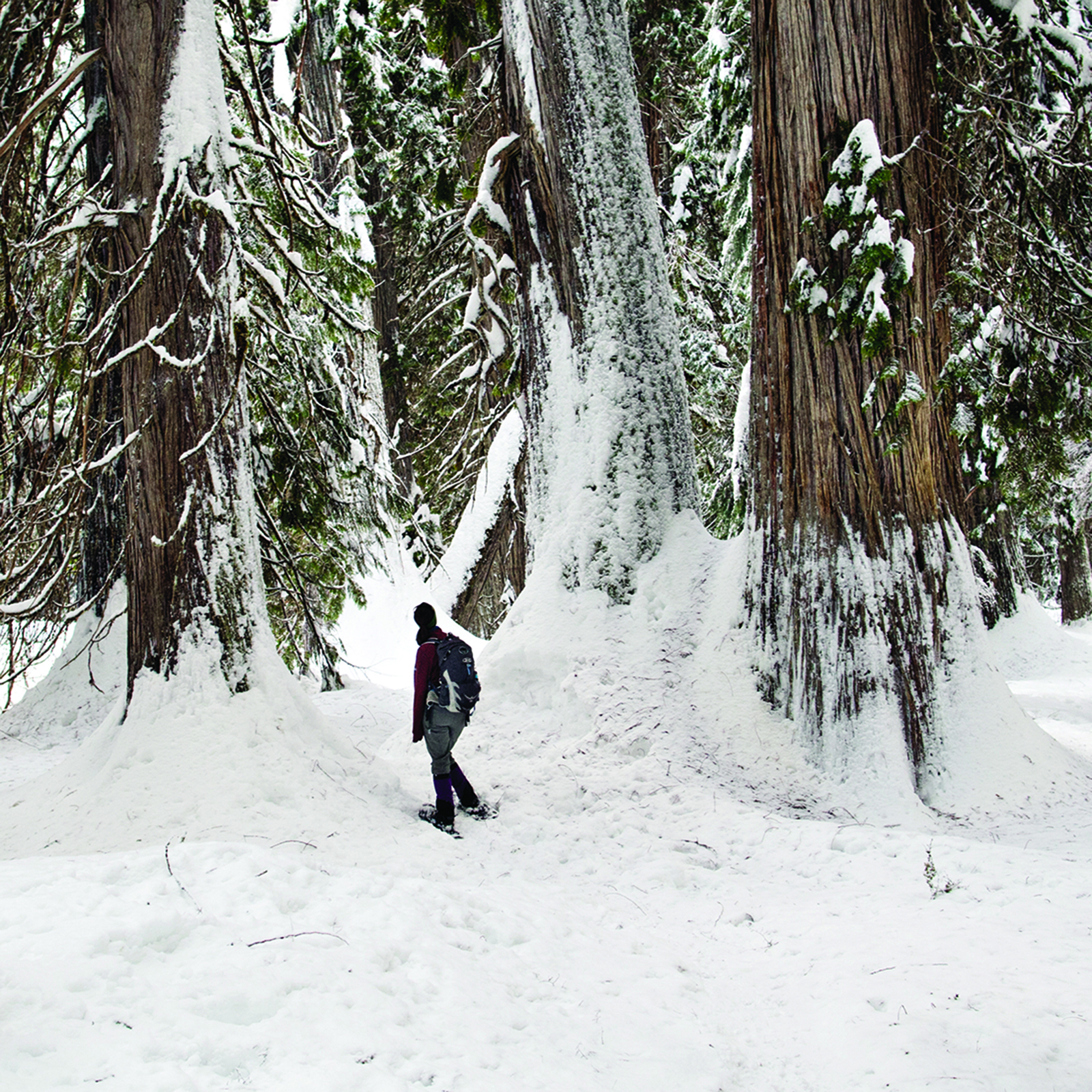One of Troy’s claims to fame is that it is home to the lowest point in the entire state of Montana, at a scant 1,800 feet above sea level. On the other end of that scale is Granite Peak at 12,799 feet in the Beartooth Mountains. With an elevation like that, Granite Peak is almost surely going to be covered in snow well into the summer. But that’s not the case down in Troy, where snow will usually start to melt come March and be gone by April.
Back when I was a newspaper reporter for the Flathead Beacon, one of my favorite things to do come March and April was to set up an assignment out in Lincoln County for the day and get an early taste of spring (The fact that my editor never really knew how long I would be out there was an added bonus. Sorry about that, boss). If I hit it right, it might even be a sunny day, the perfect time to get an early taste of spring, even if the ground is still brown and the trees still bare. After a long, dark winter in the Flathead Valley, I’d take what I could get.
A great place to visit in the spring is Ross Creek Cedars, just south of Troy along Montana Highway 56. Part of the Kootenai National Forest, Ross Creek Cedars is home to arguably one of Montana’s most impressive natural wonders: a stand of trees that can proudly claim to be among the oldest and largest in all of Montana. At least one of them is estimated to be more than 500 years old and some have grown to be more than 200 feet tall. While some attractions that lean on their extremes can be a little disappointing, Ross Creek Cedars are not among them. A short nature trail meanders through the trees, allowing you to get an up-close look at these natural giants. The walk is perfect if you’re stretching your legs on a road trip or just looking for a destination for a day trip.
How to Get There: From Troy follow U.S. Highway 2 east for three miles to the junction with Montana Highway 56. Turn and follow for 18 miles to the south end of Bull Lake and Ross Creek Cedars Road 398. Follow for 4.3 miles to the parking area.
